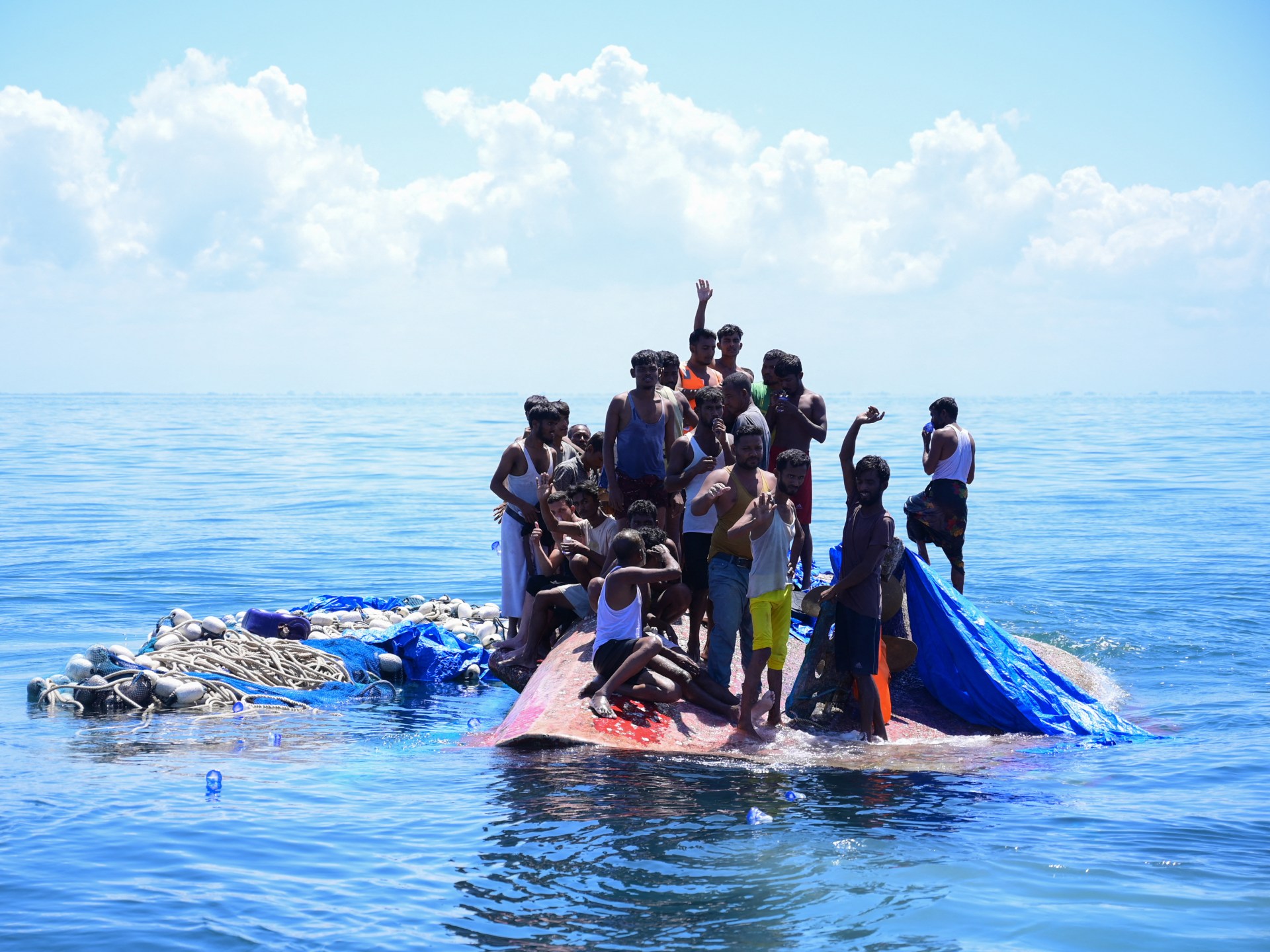Asian Toll Mounts, Millions Await Help
The latest toll put the number of those confirmed dead at the doorsteps of the 55,000 mark, citing government officials and media from affected countries, Reuters news agency reported.
Indonesia said its toll could hit 25,000, while Sri Lankan officials warned up to 20,000 people may have died there. Thailand said its toll may exceed 2,000.
These figures are preliminary and in some cases rough estimates by local officials.
Meanwhile, the stricken nations on the Indian Ocean, from Indonesia to Sri Lanka, were still searching amongst the wreckage of the devastating tsunami for bodies to bury.
Two days after the biggest earthquake in 40 years struck the seabed off Indonesia’s Sumatra island, triggering waves up to 10 meters (33 ft) high, officials found more death the farther they ventured into outlying areas, Reuters reported.
The International Red Cross said it feared the death toll would rise significantly once access was gained to troubled areas such as Indonesia’s Aceh and the coastal areas of Myanmar, where the military government has admitted to only 34 deaths.
And with the death toll mounting, aid groups were also calling for urgent supplies of coffins and formalin to preserve corpses as hundreds of bodies remained tangled in wreckage or buried in mud and debris.
Numbers of injured were not available for all countries affected, but are expected to greatly exceed the number of dead.
Relief Work
On the ground, aid agencies struggled Tuesday to cope with the enormity of the Asian tsunami disaster, with the International Red Cross saying it may have to treble its appeal for funds.
“The enormity of the disaster is unbelievable,” Bekele Geleta, head of the International Red Cross in Southeast Asia, told Reuters.
The Red Cross issued a flash appeal Sunday for 7.5 million Swiss francs ($6.57 million) for survivors after the tsunami hit six Asian nations following the massive 9.0 magnitude earthquake.
“We realize now by dispatching emergency units that there is a big gap already, so we will be revising our appeal up very soon,” Geleta told Reuters. “I would not be surprised if Geneva made it three times or more.”
For many desperate survivors, aid has been too slow in coming. In Indonesia’s Banda Aceh, fear was mixed with anger as residents queued outside the few open shops guarded by soldiers.
“Where is the assistance? There is nothing. All the government are asleep,” said Mirza, a 28-year-old resident.
“I’ve been standing here for an hour. There is nothing at home,” said Budi, 24.
In southern Thailand, local people were using spades, hoes and hand saws. Mechanical equipment has appeared in some places and is still promised in others.
While national emergency groups were first on the ground, many international aid organizations said they were still formulating how best to tackle the huge demand for aid.
“They are being stretched, there is no question of that,” said Geleta. “The biggest problem is co-ordination and managing facilities and resources.”
Also, the United Nations said hundreds of relief planes packed with emergency goods would arrive in the region from about two dozen countries within the next 48 hours, according to Agence France-Presse (AFP).
The United Nations said the disaster was unique in encompassing such a large area and so many countries.
“The cost of the devastation will be in the billions of dollars,” Jan Egeland, head of the UN Office for the Coordination of Humanitarian Affairs (OCHA), told Reuters.
“However, we cannot fathom the cost of these poor societies and the nameless fishermen and fishing villages … that have just been wiped out. Hundreds of thousands of livelihoods have
gone.”
“This is a massive humanitarian disaster and with communications so bad in many areas, we still don’t know the full scale of it," Oxfam Community Aid Abroad executive director Andrew Hewett told reporters in Australia.
The disaster also stretched to include hundreds and may be thousands of foreigners holidaying in the area.
Among the dead foreigners so far were at least 13 Norwegians, 12 Britons, 11 Italians, 10 Swedes, nine Japanese and eight Americans. Unconfirmed reports said hundreds of foreign tourists had been killed in resorts in Sri Lanka and Thailand.



